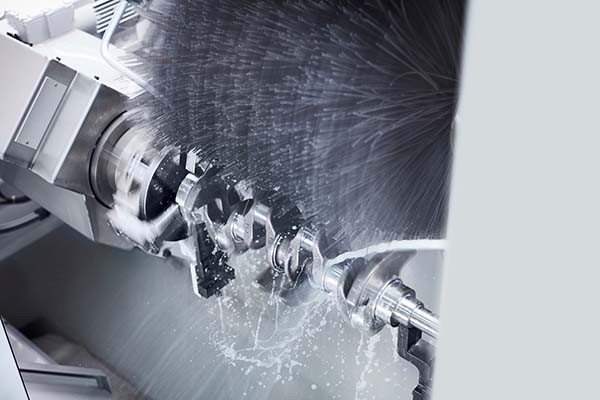A standard brush-based machine for the deburring of complex engine components such as crankshafts and camshafts has been introduced by Kadia.

EC-Brush has five programmable axes, each with a rotary drive providing right/left rotation for the brush and the workpiece. The component is clamped against a point in a three-jaw chuck, with the brush rotating at about 500 rpm, and the part at 30 rpm.
Kadia’s EC-Brush features linear axes that provide the brush’s back/forward and lateral oscillation movement, and a traversing range for the centre. The latter enables different crankshaft/camshaft lengths to be clamped, so that any variant for three- to six-cylinder engines (for passenger cars or small commercial vehicles) can be deburred in any desired succession. Loading and unloading can be carried out manually, semi-automatically or fully automatically to suit requirements.
The brush, which is at the heart of the machine, is equipped with long and short fibres made of abrasive nylon. Only one operation is required, as the shaft is completely immersed in the brush. The long fibres reach from the cheeks up to the connecting rod bearings, while the short fibres deburr the main bearings area. Particles and flaky burrs, which typically occur during drilling or grinding, are reliably removed, says Kadia. A choice of fibre type allows adaptation to the component material. EC-Brush also permits wet machining.
For further information https://kadia.de/















